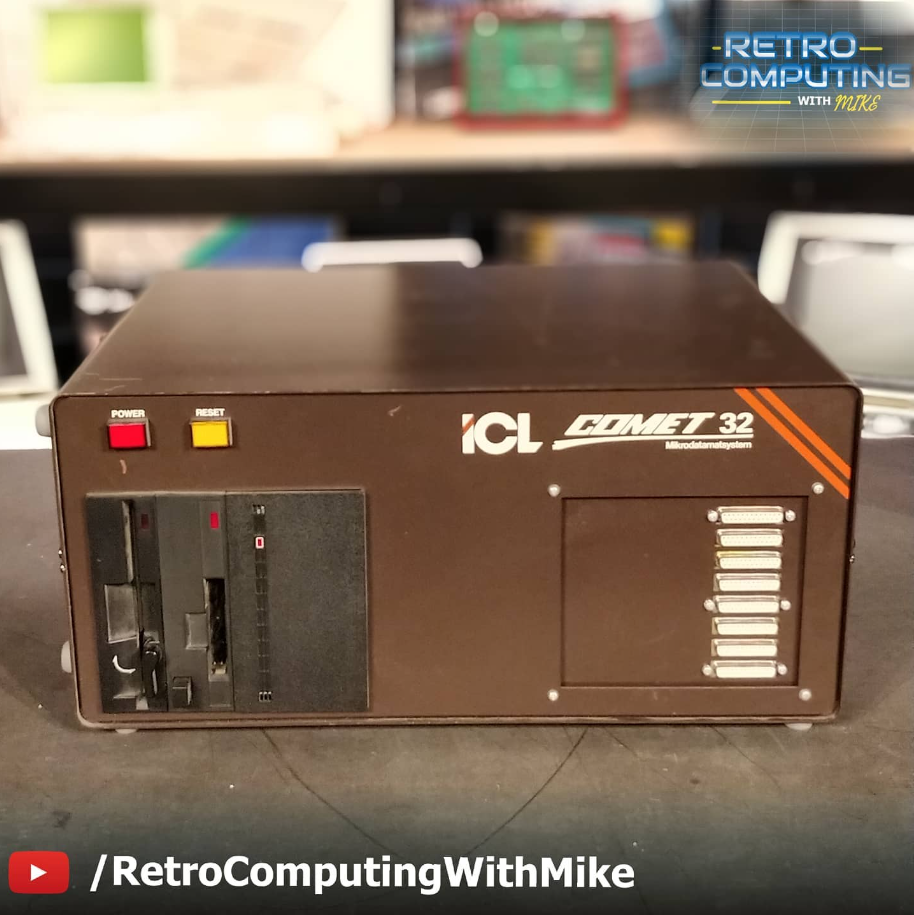Welcome to Retro Computing with Mike
To young people computers have been an integrated part of life forever, for people my age and a bit older, we where part of the revolution where computers wend from something that a few people knew about and used, to something that everybody used and relied upon. For older folks computers are still new, and strange and foreign.
But the electronical computer is actually not new, at all, the first one in the world was build in the 1940s, the exact year depends on how we define a computer. In Denmark we got the first one in 1956, and late in the 1970’s we slowly started to se micro-computers, which where a necessity for the computer to be available to ordinary people.
My main work focuses on the first Danish built computers from the 1970 and up through the times, I have a few really rare, and currently un-preserved, systems in my possession / collection, and my ultimate goal is to, somehow, make sure they are preserved – and obviously the same goes for the software.
This website will contain both curated information and raw resources, and will improve as my available time allows.
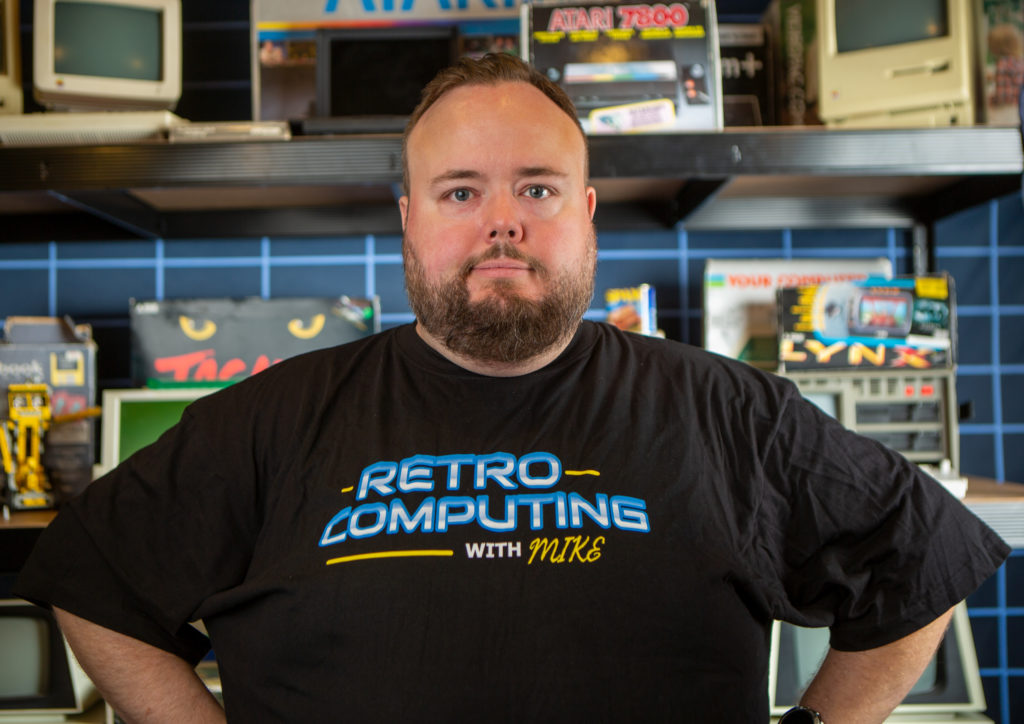
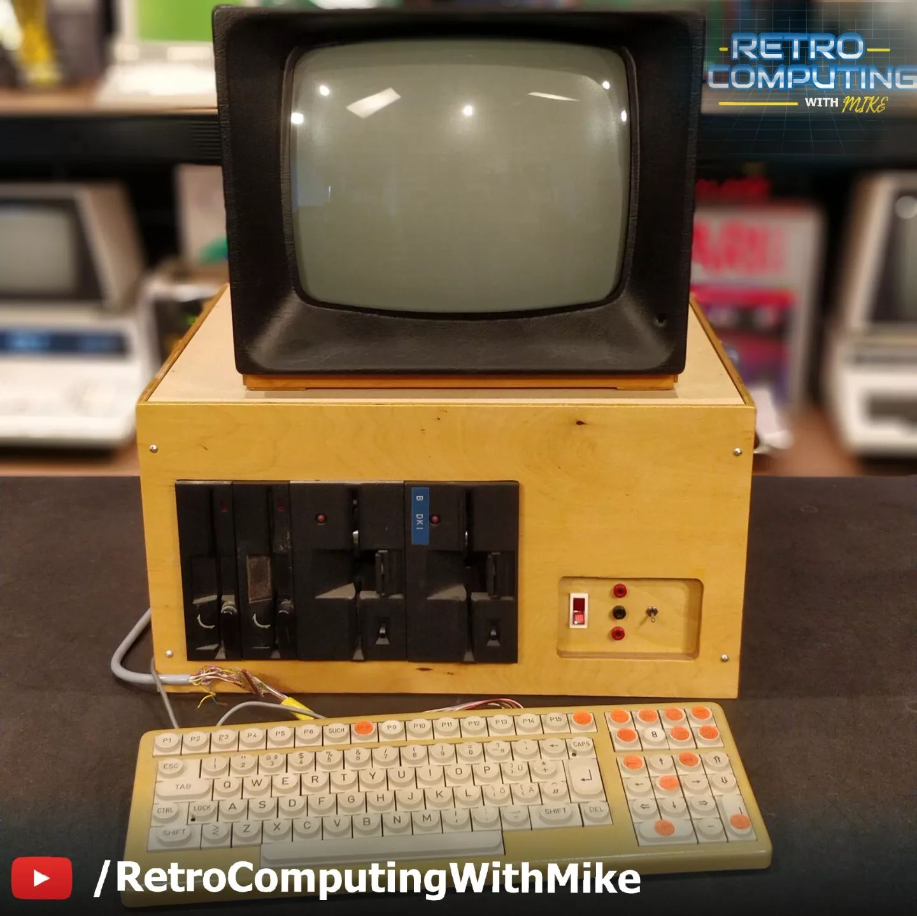
In 1978 an engineer by the name Mogens Pelle started a series of articles for the Danish Electronics magazine “Populær Elektronik” with heave inspiration by a similar project some years earlier.
The project resulted in some 60 readers, the so called self-builders, ordering a set of printed circuit boards, and most of the parts directly from the author. We know that at least 20 machines where built by different home-builders, but this spawned a group of the first computer-amateurs in Denmark who ended up forming a computer-club who met publicly, started a magazine, a software library and later a bulletin board system with access to FIDONet and later on the Internet.
All the systems we know about where different in some way or another, first of all everybody had to find their own cabinet and the system evolved differently over time, but the base / first version of the system were based on a Z80 processor, 64kb ram and a Phillips mini cassette for storage.
Some owners expanded their systems with modems, e-prom burner, floppy drives, memory disk and custom made hardware for ham radio and other homemade systems.
One of the self-builders made a monitor for the machine which where distributed on pre-burned e-proms and as a printed source code.
I currently have one of these systems in my possession and I know of one other system who is still owned by the original self-builder who is trying to restore it, since it partly decayed over the years but also because it had partly been taken apart for spare parts.
The first batch of computers didn’t have an operating system, but eventually CP/M would be available trough a combined effort.
I have a received a box of floppies which should contain a full backup of the self-builders BBS, I also managed to retrieve and scan a big portion of their publications, I assume that we are still missing a big portion of them I cannot however find a valid source as to when the magazine started, so that part requires more work.
There are still more self-builders that I haven’t reached out to, and also a lot of them who never actually built their systems but just ordered the parts.
The engineer and original inventor left the self-builders relatively early to pursue a commercial venture based on the platform.
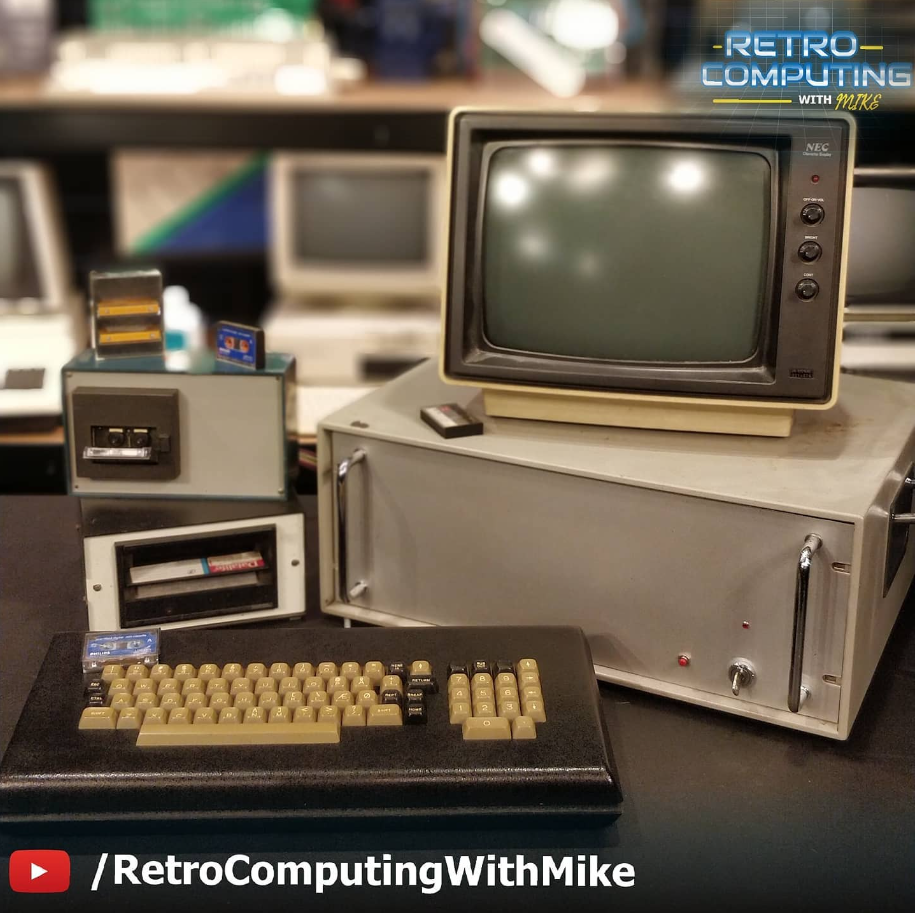
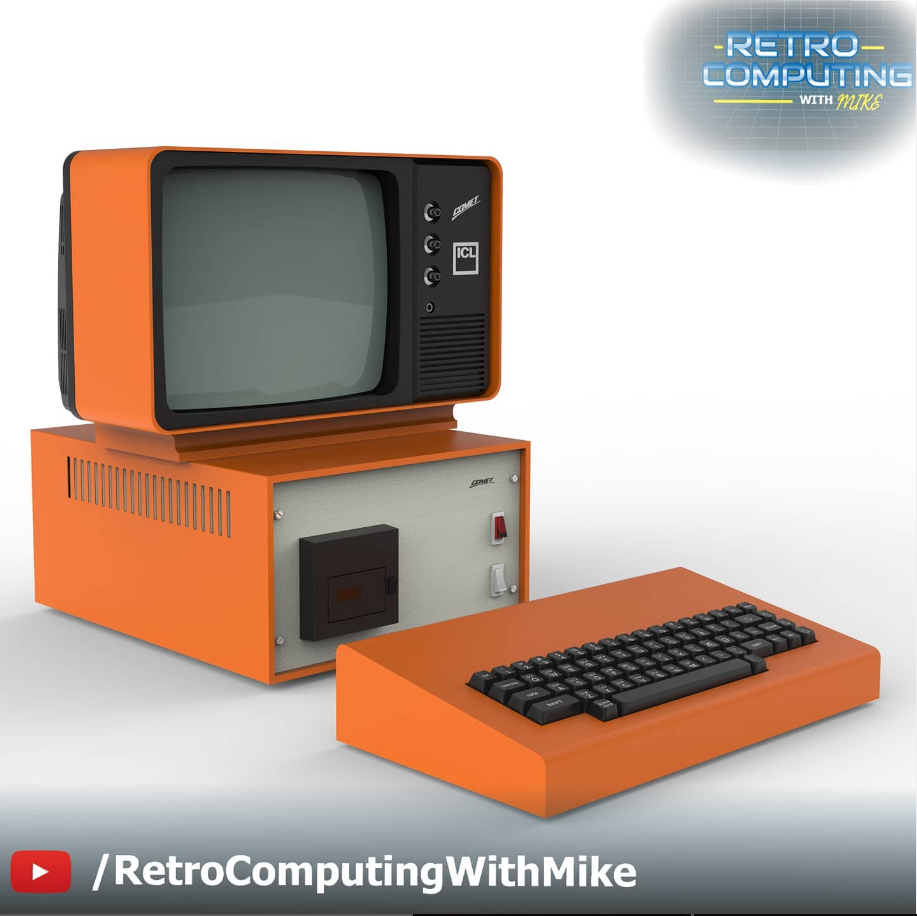
ICL Comet MPS-2000, 1979
The beforementioned commercial venture start with a letter from the inventor of the Danish programming language Comal, Børge Christensen. He had read the articles and wanted to start a commercial production so the systems could be sold to Danish schools, but for that to happen they needed large scale production.
So they hired a young student by the name Arne Christensen to produce a version of the Comal interpreter for Zilog Z80, and they more or less made it into an operating system.
They spent quite some time finding the right factory to produce the machines, but finally in the late summer of 1979 the first commercial models where presented and shipped to Danish schools.
But the venture where short and only between 50 and 100 machines where ever fabricated, and most where quickly scrapped ICL and the new factory banded together and kicked Mogens Pelle out and launched their own system.
This is the main reason that I we have not uncovered one of these systems yet, we found one model which have been upgraded
ICL MPS-3000 / 3400 , 1980 - 1990
The few years that had passed between the design of the MPS-2000 and the MPS-3000 made it possible to equip the system with floppy drives as the primary storage, which made it way faster than the tape based MPS-2000.
There was simply no competition, ICL traded in most of the already sold MPS-2000 systems and sold thousands of systems to the Danish schools, it became and iconic computer that where used for many years by especially the Danish Technical Schools.
There where made CAD software with digitizers and plotters, but also several kits used for teaching software development and electronical engineering. Ordinary office software was also produced, but ICL Denmark was prohibited by the global cooperation from targeting the business market because they did not want internal competition.
But there was plenty of business in the educational sector, so much that there was room for several Danish computer producers.
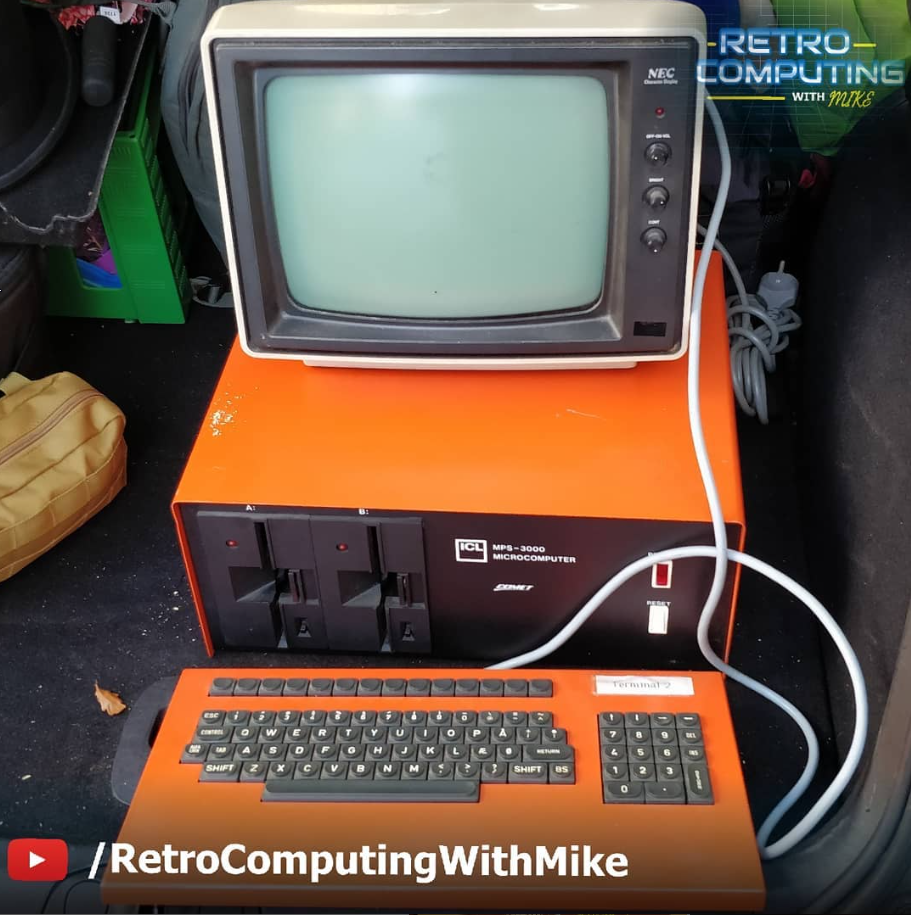
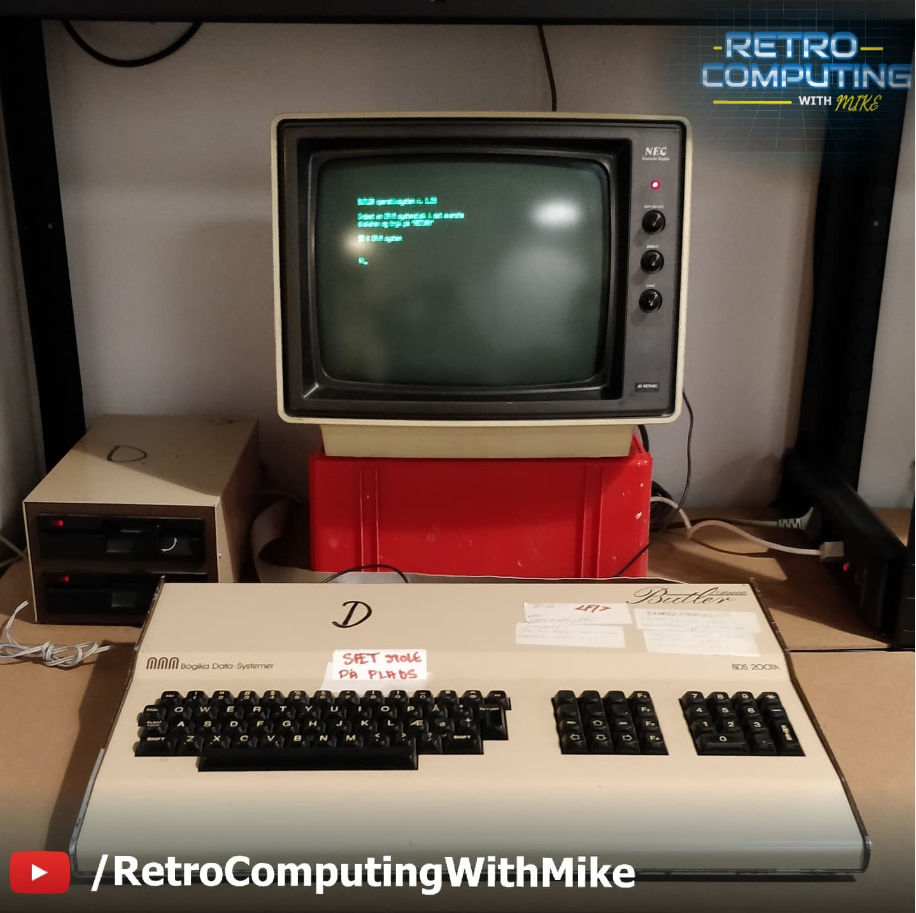
Metanic MPS-2001 - Butler, 1980 - 1988
The designer of the ICL Comet MPS-2000, Mogens Pelle, was logically pretty pissed about getting kicked out of the project, he was so pissed that he started his own company and made his own successor to the MPS-2000, also taking advantage of the cheap floppy drives and now even cheaper computer chips, he made an even better system and also decided to target the educational sector which he still had a good foothold in, because he owned the rights to the Z80 version of Comal, which ICL still had to purchase from him.
The Butler became a huge success, at least when you take into consideration that he wend up against ICL who was more or less the European equivalent of IBM and RegneCentralen, the Danish computer company founded by the state in the 1950’s, these three companies shared the educational market more or less equally amongst themselves.
I have a reasonable collection of Butler computers and software, but a lot of work is still needed to preserve everthing.
James by Logic Design, 1985 - 1988
Besides from the three large manufactures there was also a handful of smaller businesses, Logic Design from Herning sprung from the local HAM Club, where three friends decided to “start something” and in the begining they made components for the HAM community, but ended up developing a Z80 based computer and marketing it towards smaller companies.
We have a handful of systems, one of them are currently working and most of them will eventually rund since they only need minor repairs.
I have quite a bit of software for it, however the successor “James 800” which we also have a few examples of are currently software-less, we don’t have any disks that will boot it, hopefully one will emerge eventually, otherwise we will have to re-make, but that will obviously not be historical correct.
The company evolved into a business who imported and sold IBM Compatible computers during the 90s and early 00s.
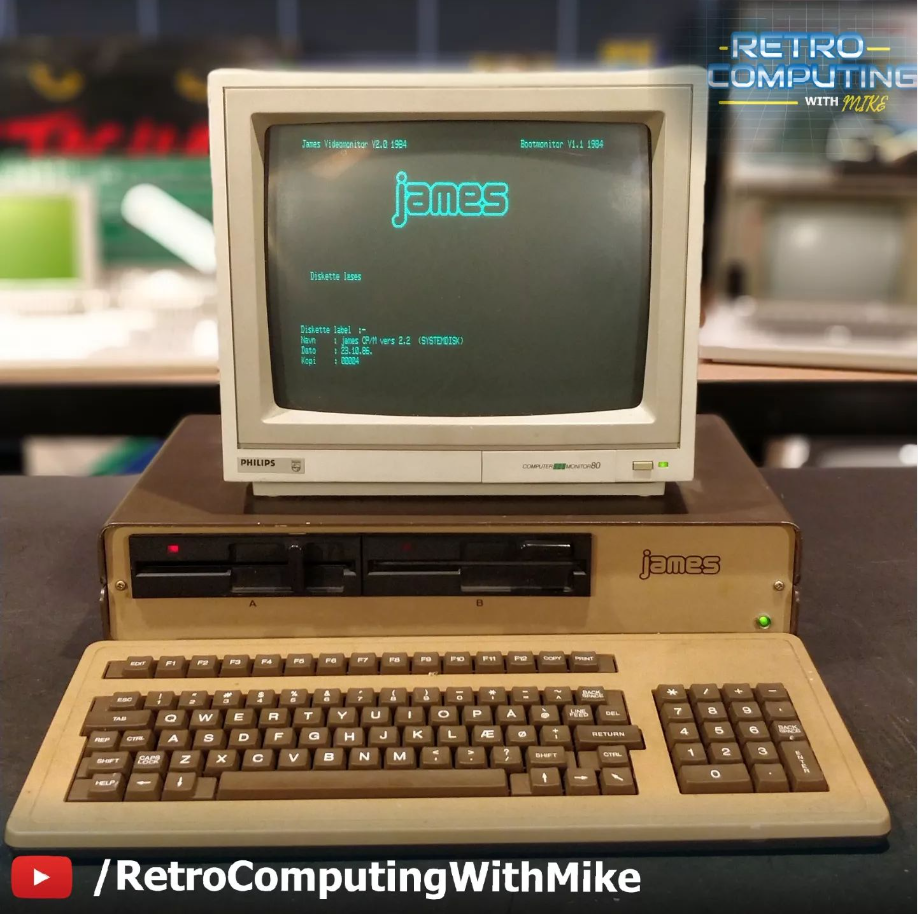
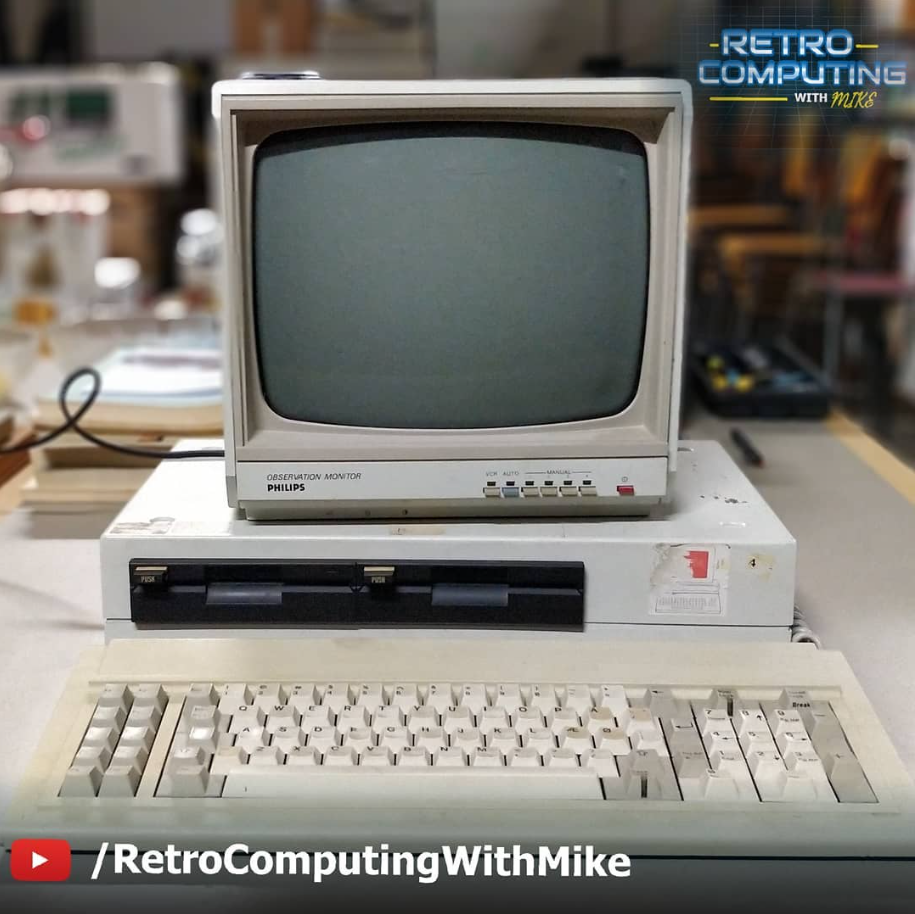
The Vega Computer, 1981 - 1982
This was one of the other smaller manufacturers, this machine was more or less developed on a dare. It’s creator Niels Paulin was working as a teacher at the local technical school when the government mandated computer science teaching in all higher educations in Denmark.
One of Niels’ coworkers jokingly asked him if such a bright young kid like him could build some computers for the school, Niels replied that it was a very complicated task and not something you whipped together at the kitchen-table – and then he did just that!
Him and his vice produced and sold 400 machines to local institutions, and then he stopped again, just as suddenly as he started, because he realized that he would not be able to compete with Regnecentralen, ICL or even IBM, so he put the entrepreneurial life behind him and wend back to teaching.
We have three of these machines, I managed to get one of them running, but there is still a lot of work left to be done.
Piccolo, RegneCentralen 1979 - 1983
It is said that every idea has it’s time, and during the late 1970s technology became available that made it obvious to bright people that micro computers would be a thing, so obviously the established manufacturers where trying to get to market.
RegneCentralen shipped the first of their Z80 based computers, Piccolo 701 in December 1979, only about 50 units was shipped of this first model, the next batch would be the Piccolo 702 who had a wider cabinet and two 5.25″ drives instead of one 8″ drive.
Where ICL was huge in the Technical Schools, RegneCentralen more or less owned the High Schools or “General Gymnasium” as we call it in Denmark, may of them already owned larger mini-computers from RegneCentralen so it was probably easy to start selling them micro-computers when they came out.
My fellow computer archeologist Michael Ringaard from Aarhus is already working hard on the preservation of this computer, he already made an emulator for it, and he also hosts a nice library of software for it. At the Danish Datamuseum, where I am a volunteers, there is also quite a few people who work on preserving these machine, which is why I’ve chosen to focus on other systems, though I still have a 702 in my possession which I one day hope to have working again!
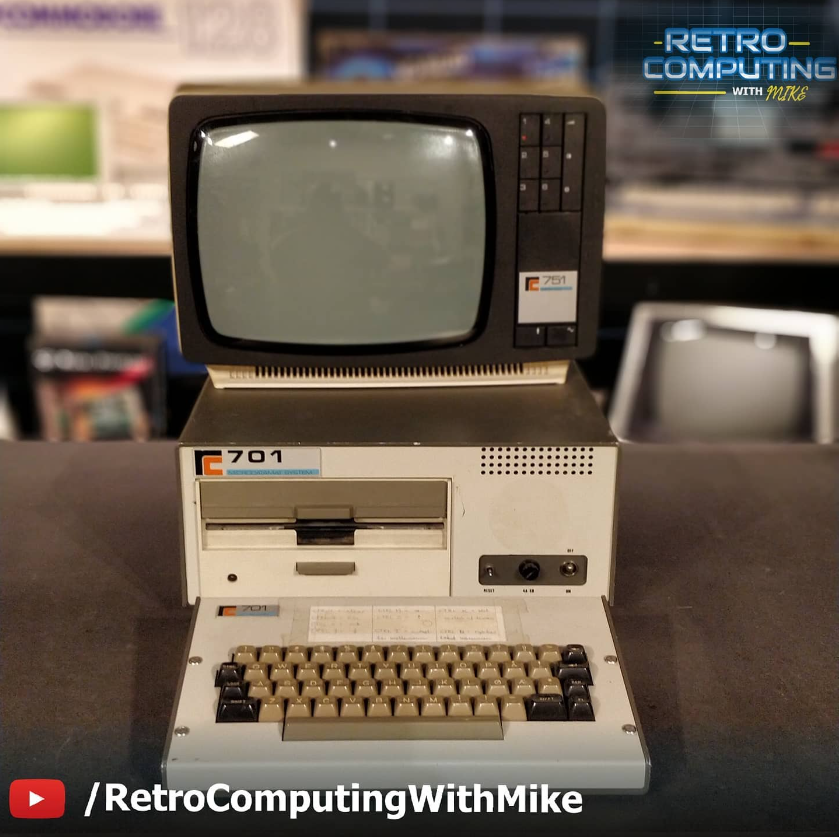
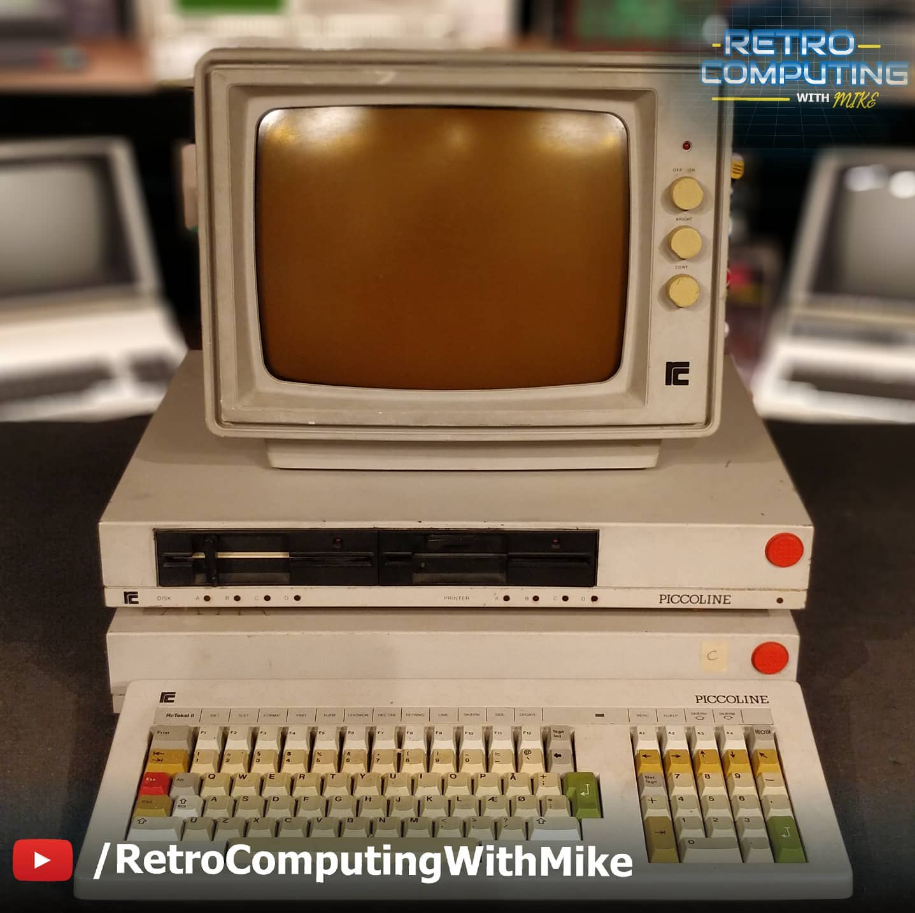
RegneCentralen Piccoline, 1984 - 1989
Where the other Danish Computer manufacturers kept the 8bit microcomputers alive for most of the 80s RegneCentralen jumped on the 16bit train with a 80186 Intel based computer running Concurrent CP/M.
This was one of my first computers, I never really got to use it thoug, because I did not have any software for it. Luckily a got my hands on another one with software some 30 years later, and made A video about the Piccoline.
Like with the previous computer from RegneCentralen there are also plenty of people working on the preservation of this system, and my effort here is not really neede. I still have one because it’s a cool machine an from time to time I get my hands on a floppy that requires a Piccoline system to test.
I have a LEGO kit that where sold as an educational tool that could be used to build robots, these robots could be programmed and controlled using among else, the Piccoline, so at some point I will use it to make some content about that.
RegneCentralen Partner, 1984 - 1989
The Partner was kind of like the big brother of the Piccoline, it was sold both as a stand alone computer and as a server for a class-room of Piccoline computers. One of the first videos I made where about a Partner computer without a harddrive, I’ve since managed to trade it for one WITH a harddrive.
I don’t really have any plans with this machine, I would like to get it to actually boot from the harddrive. But besides from that I mainly have it because it’s Danish and just like with the other Regne Centralen computers, there are plenty of people who work with these machines – so my efforts are better spent elsewhere.

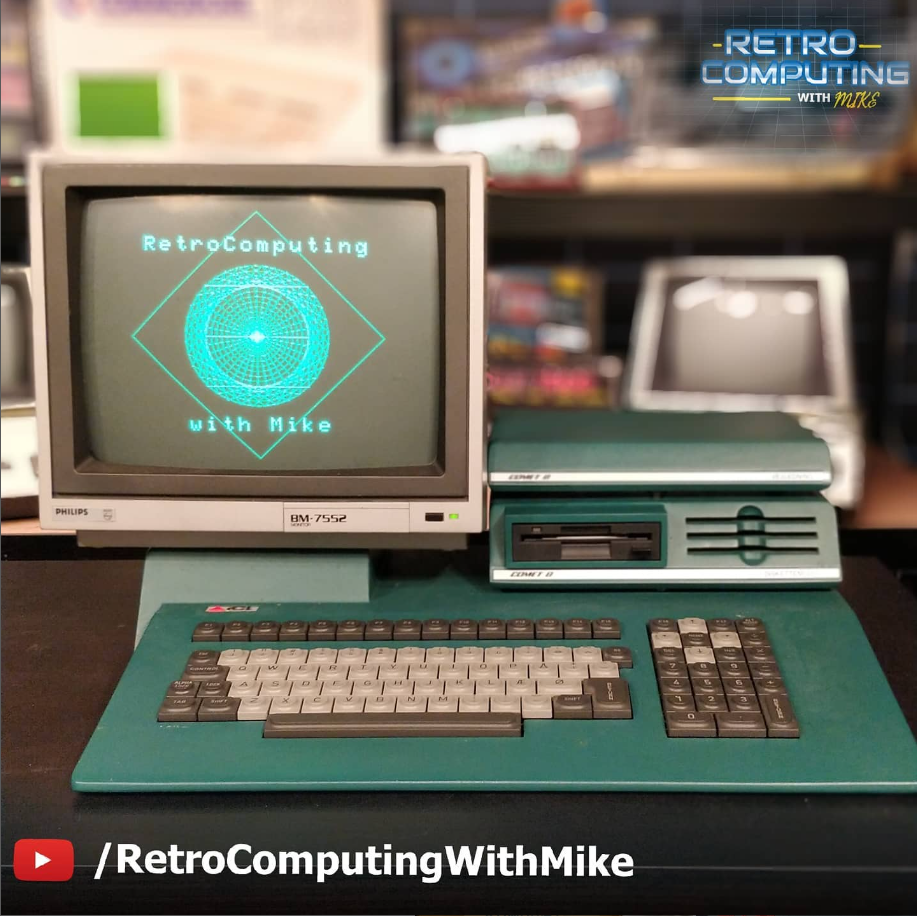
ICL Comet 8
While RegneCentralen jumped on the 16bit-wagon, ICL tried to conquer the market with a cheap mass-produced 8bit system. This is a Zilog Z80 based machine running at 4mhz with a colour capable graphics adapter, 128kb memory and 3.5″ 1.44MB Floppies, which made it a very capable CP/M System.
I have five units in my possession, I know of one other, but it is generally very rare. They where made with cheap components, so they all need to have new capacitors and also they keyboards are really poorly made … probably cheap, but impossible to repair, so I will have to build a brand new keyboard for it, that will be a fun project!
I also hope one day to be able to publish an emulator or maybe even a modern replica of this machine, but right now I have one machine which used to work, but lost a few capacitors, which i have to re-repair, because I really miss to see this machine running.
ICL Comet 32, 1985 - 1990
While ICL tried to keep 8 bit alive on the client side, they very much tried to go 32 bit on the serverside with this 32 bit machine was based on the 32000 series CPU from National Semiconductors, had as 12MB harddrive and 2MB of memory and ran a version of the UNIX operating system called Genix.
Genix for the ICL Comer 32 was developed in cooperation with a Swedish software company, but that is about all I know about this system, I will need to do quite a bit of work on this system.
I have one that I have been told should be working, I never tested it myself. But I will hopefully get to it soon, I also have a friend who says he have on … “somewhere” 
However, if this one works, I should be able to capture some exciting footage – if not I will hopefully be able to image the harddrive and take photos of the pcbs get some interesting knowledge that way.
Either way, this is an interesting machine and I like it!
